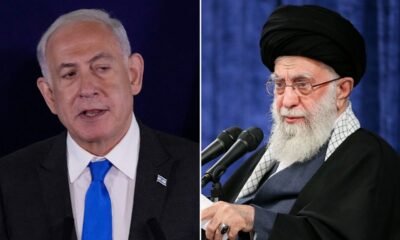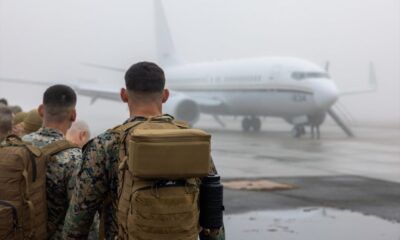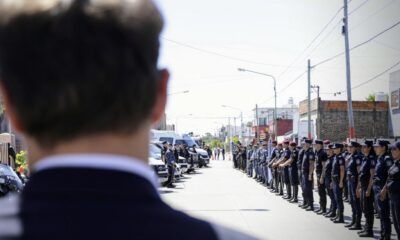INTERNACIONAL
Ethiopian Jews in dire need as Israel-Hamas conflict disrupts established aid, Jewish charity says
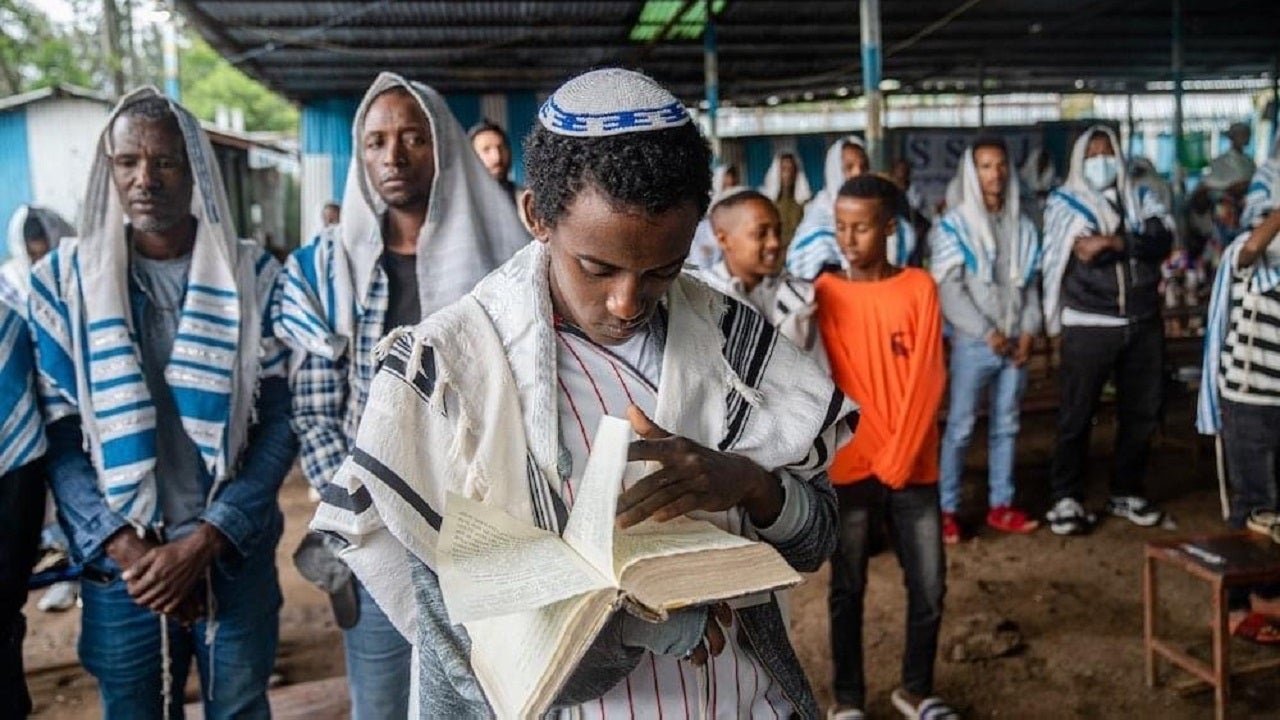
A Jewish humanitarian organization has completed an airlift of medical materials to enclaves of Ethiopian Jews as the ongoing Israeli conflict with Hamas has complicated established aid in the region.
Struggle to Save Ethiopian Jewry (SSEJ), a volunteer-staffed organization in the United States dedicated to the assistance of the Ethiopian Jewish community, airlifted the medical supplies over the course of weeks.
The aerial transport from the U.S. to the city of Gondar began on Mar. 9 and finished on Apr. 5, delivering 10 pallets of supplies to the community for use at the SSEJ medical clinic.
ISRAEL VOWS TO STRIKE BACK AFTER WARNINGS OF IRANIAN ATTACK, SAYS ENEMIES ‘WILL BE MET WITH A STRONG DEFENSE’
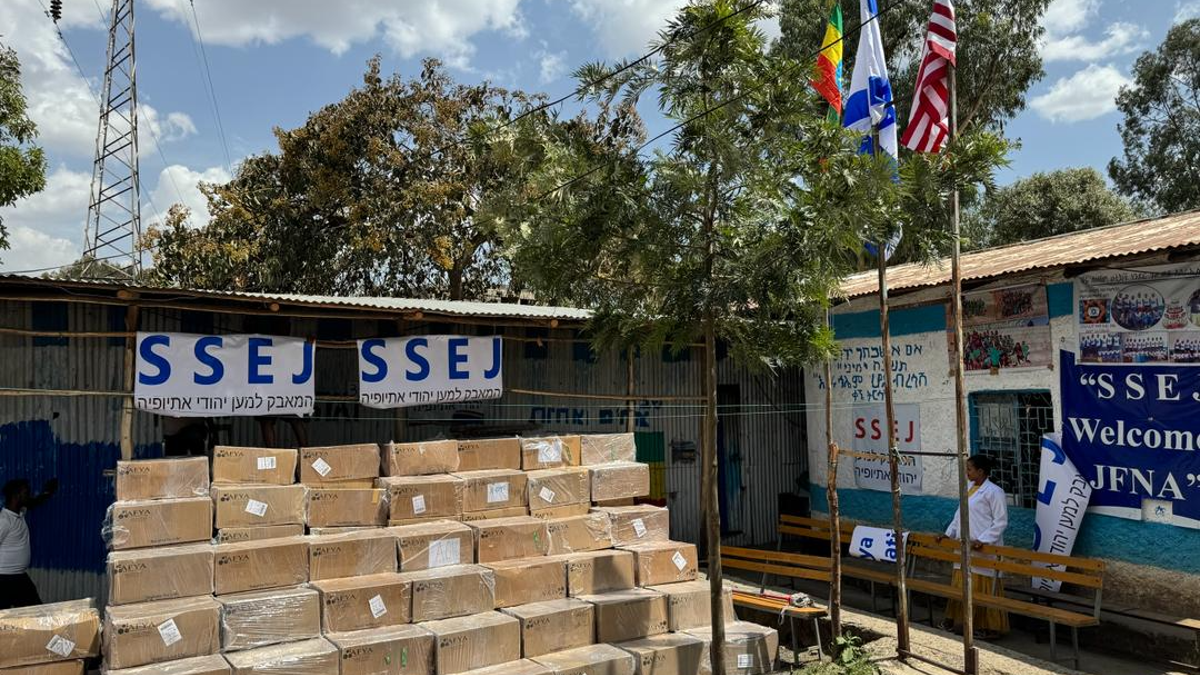
A photograph provided by SSEJ shows a portion of the medical supplies that were airlifted to Gondar, Ethiopia for the care of regional Jewish communities. (Struggle to Save Ethiopian Jewry)
SSEJ President Jeremy Feit spoke to Fox News Digital about the unique struggles facing Ethiopian Jewry and how they are hoping to help.
«Much of the support that the Jews in Ethiopia receive comes from remittance from relatives in Israel,» Feit explained. «When the war started, large sections of the Israeli economy shut down. As a result, the Israeli relatives of the Jews in Ethiopia are not in the financial position to send funds.»
SSEJ partnered with the Afya Foundation, an organization in New York that facilitates the redistribution of surplus medical supplies to care centers around the world in need of materials. The air transportation was provided by international humanitarian organization Airlink.
ISRAELI PM, MILITARY LEADERS HOLD EMERGENCY MEETING AMID POSSIBLE DIRECT IRANIAN ATTACK
Feit told Fox News Digital that their SSEJ clinics are intended to cater specifically to the Jewish enclaves, but that the majority of materials delivered there will then be redistributed by the Jewish clinic to other, secular care facilities in the region.
«Some of [the medical supplies] will remain at SSEJ’s medical clinics and assist the Jews, but much of it will go towards other local health clinics which are in dire need,» Feit told Fox News Digital. «We’re talking clinics where electricity goes down frequently in this region, and they don’t tend to have backup generators. The conditions are in vast need of improvement.»
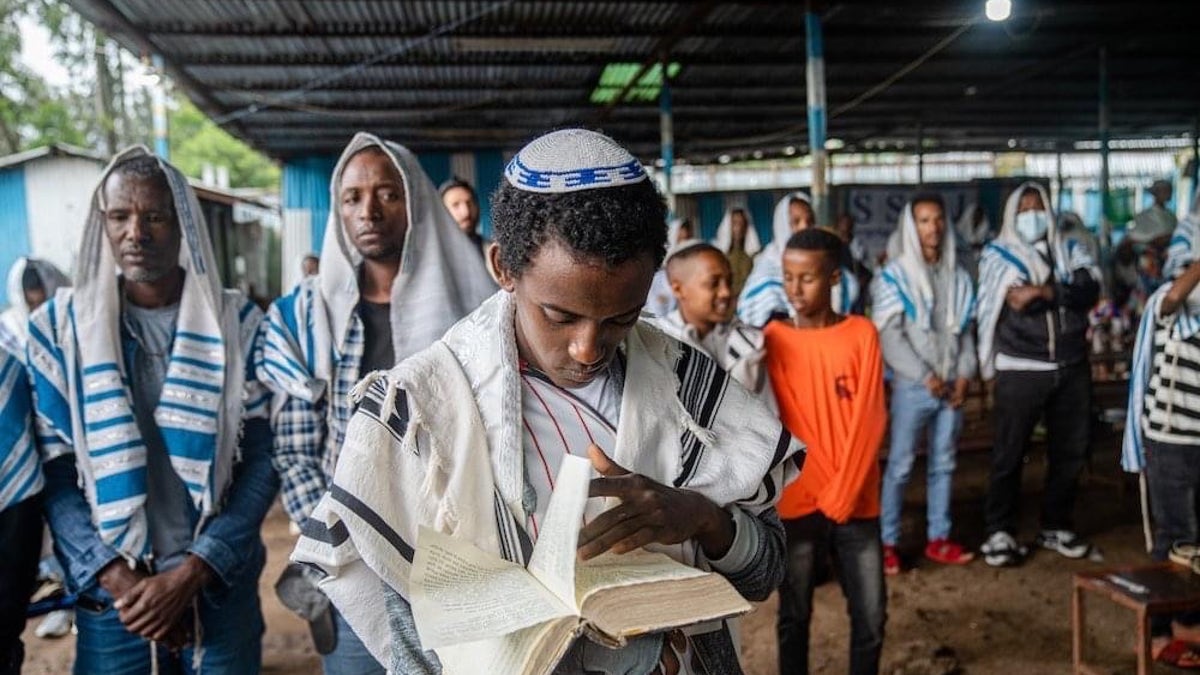
A young Ethiopian Jewish child participates during a davening in this photo provided by SSEJ. (Struggle to Save Ethiopian Jewry)
«Supplies are hard to get. Funding is hard to come by,» he continued. «We cannot ignore the suffering of others around there — non-Jews, Christians, Muslims, others.»
The majority of Ethiopian Jews were airlifted to Israel via a series of covert evacuations undertaken by Israeli forces in cooperation with United States intelligence agencies.
IDF VETERAN TURNED NY GOP PICK TO REPLACE GEORGE SANTOS VOWS TO TAKE ON ‘SQUAD,’ SLAMS SUOZZI AS FAKE MODERATE
The most prominent of these evacuations were Operation Moses in 1984 and Operation Solomon in 1991.
The enduring Jewish community in Ethiopia consists of approximately 13,500 people largely concentrated around the cities of Gondar and Addis Ababa, where the Israeli consulate and embassy are respectively located.
«The Jews in Gondar and Addis Ababa almost all originated in small, little villages,» Feit said. «They left the villages to go to Gondar and Addis Ababa because that’s where the Israeli consulates […] are located.»
Ethiopian Jewry is further subdivided into demographics based on current geography and religious practices. «Beta Israel» is the name given to the ethnic group that made up the majority of those airlifted into Israel in the 20th century.
ALLEGED CIVILIAN MASSACRE REPORTED IN ETHIOPIA AS US CALLS FOR INVESTIGATION
«Falash Mura» refers to a cross-section of these same communities that converted — willingly and unwillingly — to Christianity in the 18th and 19th centuries. The nature and cascading ramifications of this mass conversion has complicated their right to Israeli immigration.
«The question is — are these people Jewish? Because any Jew anywhere on earth is eligible for Israeli citizenship and absorption,» explained Bonnie Glick, former deputy administrator for the United States Agency for International Development. «But if they’re not actually Jewish, and they’re economic refugees or asylum seekers, then technically under the Jewish law of return, they would not be eligible.»
Glick worked for the State Department during Operation Solomon in May 1991 and told Fox News Digital about the unprecedented nature of past evacuations.

Ethiopian Jews known as «Falashas» sit aboard an Israeli Air Force Boeing 707, during their transfer from Addis Ababa to Tel Aviv in 1991. (PATRICK BAZ/AFP via Getty Images)
«In 1991, a lot of the people who were airlifted out, very much like Operation Moses, had never been on an airplane before. They had never been in a city before, and they were airlifted throughout the 40-hour period.» Glick told Fox News Digital. «So they’re sitting on tarmacs in their traditional garb in the middle of the night. Everyone has a fluorescent sticker on their forehead to show that they’re eligible for transport. It was crazy.»
Beta Israel currently makes up just under 2% of the Israeli population, while those who remain in Africa are typically of the Falash Mura demographic.
Political and religious debate over who among those left in Africa has a legitimate claim to Jewish identity and Israeli emigration continues to decision-making on the issue.
TOP ETHIOPIAN BANK RECOUPS 80% OF LOSSES AFTER ‘GLITCH’ LET CUSTOMERS WITHDRAW MONEY THEY DIDN’T HAVE
While continued fighting between Israel and Hamas does not directly affect Ethiopian Jewry stuck in Gondar and Addis Ababa, the war has brought Israeli aid and political attention to a halt.
«While the war rages, it is hard for the government of Israel to focus on other issues,» said Feit. «As a result — while they appointed people to examine how many more Jews should be brought in and when — little progress has been made and, in the meantime, the Jews in Ethiopia suffer living in mud huts without running water, kitchens, bathrooms or electricity.»
However, Ethiopian Jews are not only concerned about themselves, but also their relatives who have gone to Israel ahead of them.
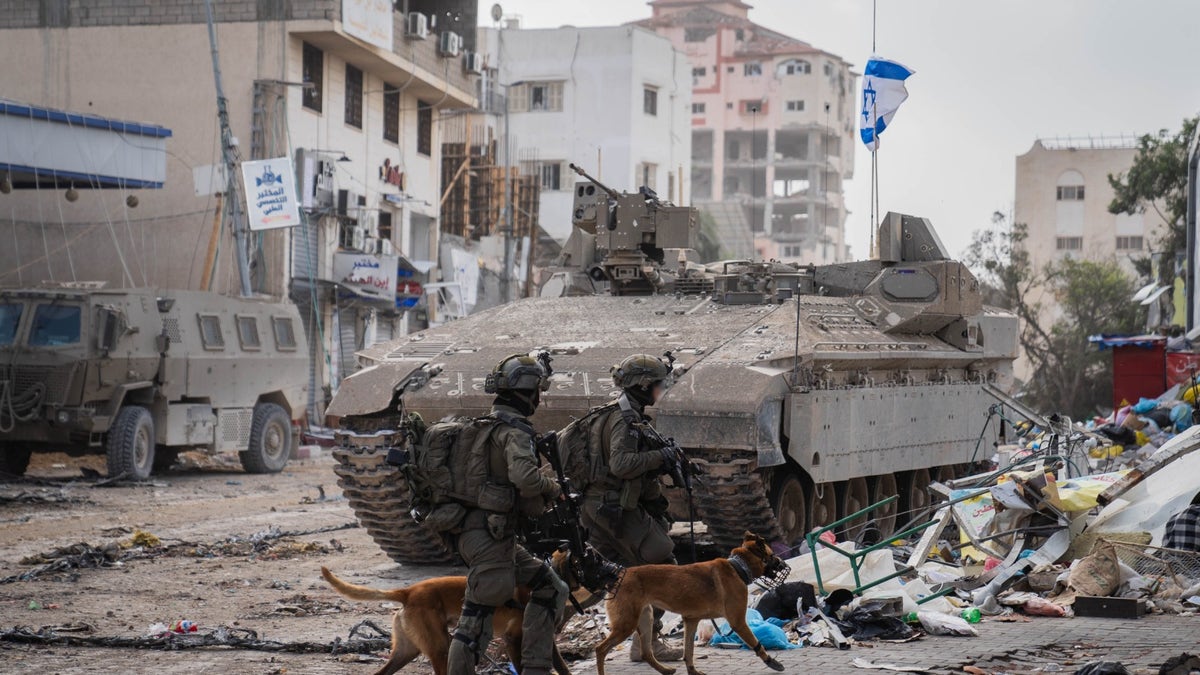
Israel Defense Forces troops cross the Gaza warzone accompanied by dogs from the Oketz unit. (IDF Spokesman’s Unit)
«Thousands of Jews in Ethiopia have relatives in Israel and the safety of their loved ones amidst massacres by terrorists and constant rocket fire from Hezbollah and Hamas is causing constant distress, Feit told Fox News Digital.
CLICK HERE TO GET THE FOX NEWS APP
He added, «Praying towards Jerusalem as they have for thousands of years, the Jews in Ethiopia now include in their daily prayers special prayers on behalf of the State of Israel and the IDF.»
INTERNACIONAL
Estados Unidos: Robert Kennedy Jr supera un nuevo obstáculo para ser confirmado como secretario de Salud de Donald Trump
-
SOCIEDAD2 días ago
Conurbano salvaje. Hallaron muertos debajo de un puente a dos adolescentes que habían desaparecido el jueves
-
POLITICA2 días ago
Denuncia judicial contra Axel Kicillof por la crisis de inseguridad en la provincia de Buenos Aires
-
POLITICA20 horas ago
Ola de calor: casi 50.000 usuarios se quedaron sin luz en el AMBA y hubo apagones en el interior
-
POLITICA1 día ago
Guillermo Francos cargó contra Kicillof tras el doble crimen de Florencio Varela: «La Provincia está incendiada por la inseguridad»
-
ECONOMIA3 días ago
El método para empezar invertir si te faltan 10 años para jubilarte
-
POLITICA5 horas ago
«Lanus en la oscuridad: Cortes de luz eternos y gestión cuestionada de Julián Álvarez»











